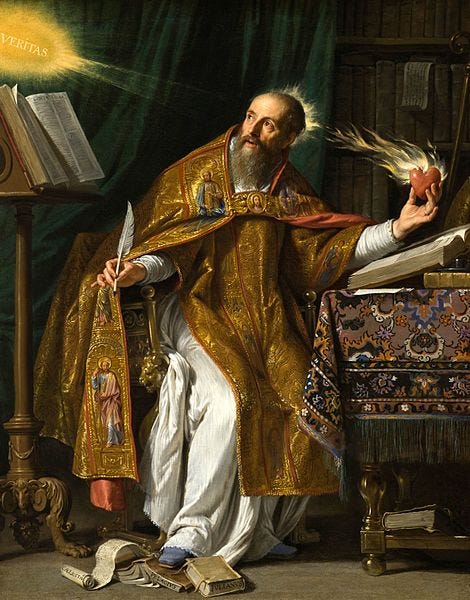The two things that kept me centered during the pandemic were boxing lessons and pastel-painting. Brutality and beauty. Two ideas in opposition. Much like the gender archetypes of Southern culture, where the “ideal woman” is physically beautiful, and the “ideal man” is physically strong. Being short (5’3 ¾ ) and bad at team sports, that binary was the cause of many personal insecurities. I’m still working through them. Getting older, I’ve learned that people, like cultures, don’t exist in binaries. This can be illustrated by seeing boxing through the lens of Aesthetic Philosophy.
From late 2020 until we left the States last year, I took boxing lessons on the north end of Central Park, at the corner of 110th street and Lenox Avenue, on the southern tip of Harlem. My wife introduced me to my trainer, and he was a source of stability through both the craziness of 2020 and pandemic wedding planning.
My boxing trainer taught me craft without cruelty. I learned the spacing of the stance, finding angles, slips, counters, and the necessity of meditation before sparring. “Punching” and “power” were rare words. Boxing is chess actualized as a ballet in blood. A pirouette becomes a left hook. Checking your opponent is a strike to the liver. Yet, anger is a boxer’s Achilles heel, as great fighters are not opponents; they’re partners.
In her book, On Boxing, Joyce Carol Oates writes that boxing “seems to demonstrate the way the world really is, and not the way it is said, or wished, or promised to be”.1 Learning to box showed me that Beauty serves the same purpose.
One of the earliest philosophers of Beauty was Saint Augustine. In Confessions, he writes that “any pleasure, whatsoever of corporeal light seems not worthy of comparison to that eternal light”.2 What he means is that Beauty is not based in physical pleasure. It is a glimpse of essence; a reflection of God. It’s an encounter with that which is beyond sense experience.
One of my favorite literary scholars, Elaine Scarry, asserts that an object is beautiful precisely because it can be destroyed. Beauty inspires an impulse to keep the beheld from harm. This reveals an “equality of aliveness” between the beholder and the beheld.3
Ultimately, Beauty causes us to see our own mortality. Boxing does the same.
The referee’s last words before the opening bell are, “protect yourself at all times”. He does not direct the fighters to harm one another. Being bound in the ring by the parameters of fighting means that any urge to destroy detracts from awareness. As in life, mortality is a given. Being in the ring, boxers become aware of their mutual aliveness. The dance of hooks, crosses, and uppercuts moves towards intimacy. A boxer, “seeing the world as it is” knows the reality of suffering. A truly talented boxer wishes no ill-will towards their opponent outside of the ring.
Arturo Gatti and Micky Ward exemplify this sense of care.
Their first fight unfolds like Tchaikovsky’s Swan Lake. Though round nine is said to be the best in boxing history, I believe these fighters encounter Beauty in round three. Here, over the course of twenty seconds, they trade combinations and the world seems to fall away from them. Towards the end of the round, separated by the referee, Ward touches his glove to Gatti’s head.
It reads as a gesture of affection.
From this point forward, Arturo and Micky stop assessing angles from a distance. They find their openings, trade their combinations, and absorb blows, most times, within a few feet of each other. It is as if they are the only two people in existence. We begin watching a ballet in blood. Both fighters become selfless. As their eyes swell, their mouths bleed, and bruises rise on their skin, they glimpse that eternal, Augustinian ‘Light’. It’s no wonder that they fought twice more and remained lifelong friends.
The experience of Beauty has two-part scaffolding, just like taking a jab from my trainer. In Scarry’s framework for Beauty, “...first, one’s attention is involuntarily given to the beautiful person or thing; then this quality of heightened attention is voluntarily extended out to other persons or things.”4 My attention was given involuntarily to the feeling a fist against my cheek, my head aching, and my teeth vibrating like glass in my mouth. In that moment I was fully aware of my trainer’s presence as a human being. Beauty theory also captures the counter punch where “the beholder, in response to seeing Beauty often seeks to bring new beauty into the world.”5 Returning with a left-cross required returning from pain to the presence to become aware of my own aliveness, in turn becoming aware of my trainer’s aliveness. I failed to land that counter punch, but I did encounter something higher than myself.
Since we arrived in West Africa, I’ve been shadow boxing on the terrace of our family townhouse. As I work on my right hook, I reflect on Beauty. I think about how easy it is for me romanticize my hometown, romanticize Senegal, or post pictures on the internet. It’s hard to see gender, culture, and people beyond binaries. It’s hard to have an equitable marriage. It’s hard to wrestle with my insecurities. The Beautiful things are difficult. When I work on my stance, I look out at the city and think about my Dad. He taught me how to fix a transmission, fire a rifle, and build a deck with a tape measure and two-by-fours. He’s a gentle man, he’s a Southern man and he’s not a fan of football. He always fought against the worst parts of Southern culture. There’s a profound Beauty in that fight.
Oates, Joyce Carol. On Boxing. Harper Collins. New York, 2006.
Augustine, The Confessions
Scarry, Elaine. “On Beauty and Being Just”, The Tanner Lectures on Human Values. Yale University, 1998
Ibid.
Ibid.





